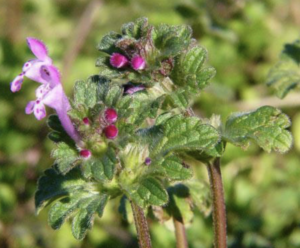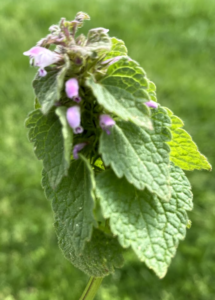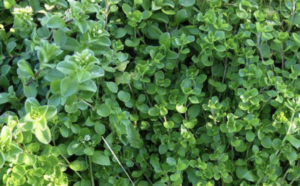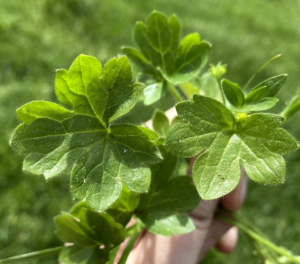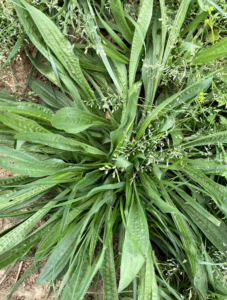Pasture Weed Control – Cool Season Broadleaf Weeds
go.ncsu.edu/readext?954842
en Español / em Português
El inglés es el idioma de control de esta página. En la medida en que haya algún conflicto entre la traducción al inglés y la traducción, el inglés prevalece.
Al hacer clic en el enlace de traducción se activa un servicio de traducción gratuito para convertir la página al español. Al igual que con cualquier traducción por Internet, la conversión no es sensible al contexto y puede que no traduzca el texto en su significado original. NC State Extension no garantiza la exactitud del texto traducido. Por favor, tenga en cuenta que algunas aplicaciones y/o servicios pueden no funcionar como se espera cuando se traducen.
Português
Inglês é o idioma de controle desta página. Na medida que haja algum conflito entre o texto original em Inglês e a tradução, o Inglês prevalece.
Ao clicar no link de tradução, um serviço gratuito de tradução será ativado para converter a página para o Português. Como em qualquer tradução pela internet, a conversão não é sensivel ao contexto e pode não ocorrer a tradução para o significado orginal. O serviço de Extensão da Carolina do Norte (NC State Extension) não garante a exatidão do texto traduzido. Por favor, observe que algumas funções ou serviços podem não funcionar como esperado após a tradução.
English
English is the controlling language of this page. To the extent there is any conflict between the English text and the translation, English controls.
Clicking on the translation link activates a free translation service to convert the page to Spanish. As with any Internet translation, the conversion is not context-sensitive and may not translate the text to its original meaning. NC State Extension does not guarantee the accuracy of the translated text. Please note that some applications and/or services may not function as expected when translated.
Collapse ▲Remember the persistent weeds you see in the spring time in your pastures and hayfields? Especially the pesky little yellow flowers? Did you know there is something you can do in the next few weeks to help with those?
There is a category of pasture weeds called “cool season broadleaf weeds”, meaning that they start growing in the fall into early winter and will produce seeds in the spring time as they reach the end of the cooler season. They are most tender and small in the fall, which usually makes them easier to control.
It is important to control unwanted species in pastures and hayfields to prevent them from out-competing desirable forage species. Pasture management practices that improve and promote growth of desirable plants during the time these cool season weeds are emerging is one of the best methods to help compete against the growth of this plant. Livestock animals that are allowed to overgraze fields during the fall and winter months result in one of the main factors that contribute to cool season pasture weed problems.
An herbicide application can help reduce the population of weeds but when combined with good pasture management techniques throughout the year to help improve and thicken the stand of desirable forages, you’ll see better results.
Heading into fall is a good time to make a plan for controlling these weeds, so what all do you need to think about?
- Grazing Management
- What is your stocking rate?
- Do you use rotational grazing?
- Is your grass getting any rest?
- Soil Fertility
- Have you taken a soil sample recently?
- When was the last time you applied lime?
- Herbicide Options / Timing
- What weeds do you have? Don’t choose an herbicide without knowing what you’re actually wanting to control!
- Read ALL labels carefully and follow instructions only from the label.
- Scout for your weeds, identify them, see that they are young and growing, consider grazing and fertility needs too, and THEN decide if an herbicide application fits into your plan.
What are some common cool season broadleaf weeds?
In pastures and hayfields in our area, we most commonly see buttercup, plantain, chickweed, henbit, purple deadnettle, and others! Reference the pictures below to refresh your memory on what you may have seen in your fields!





